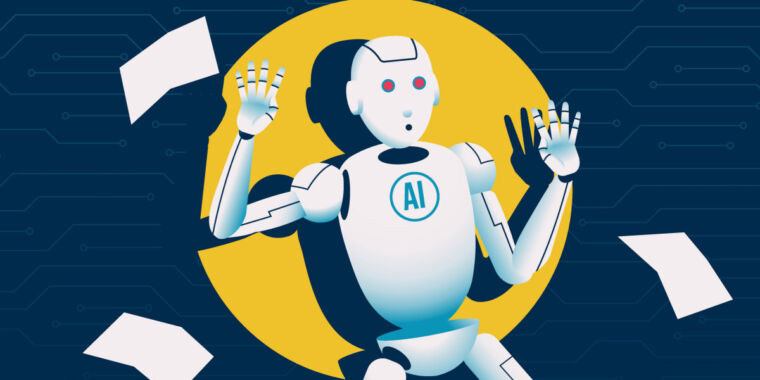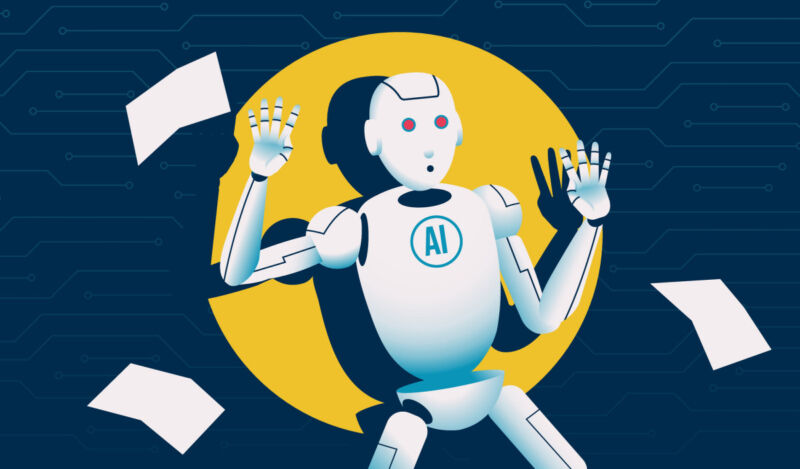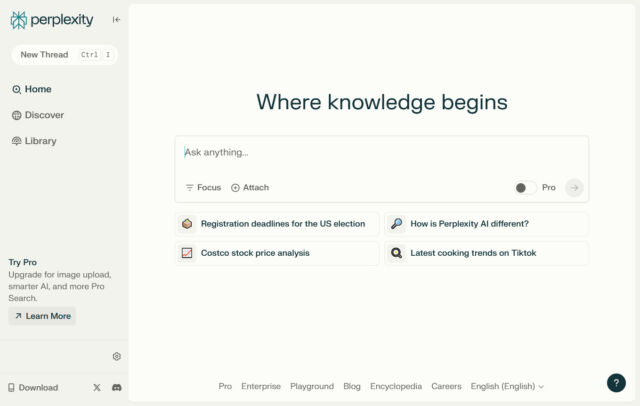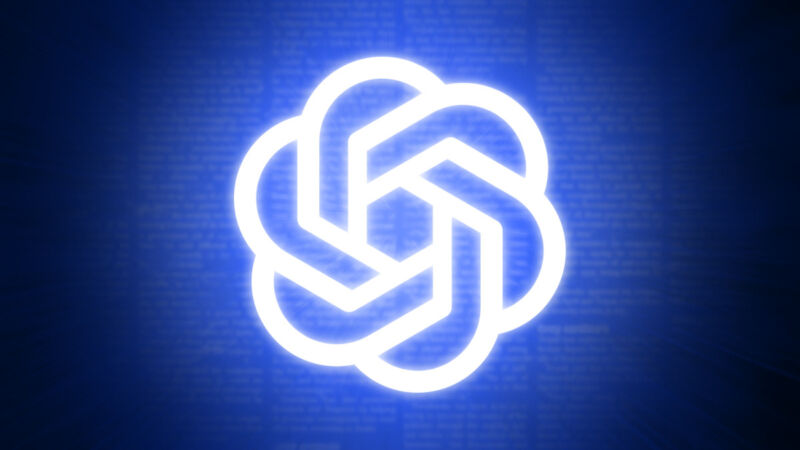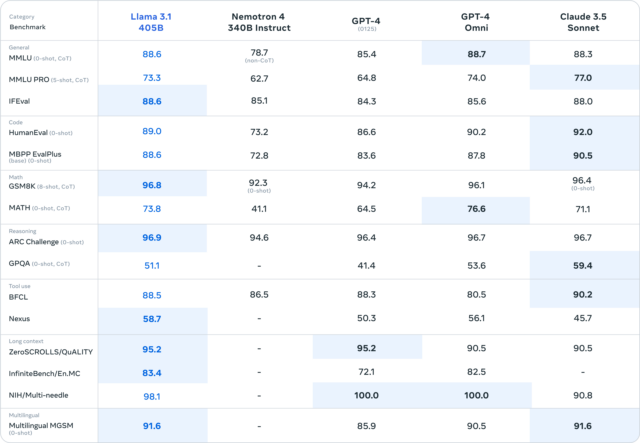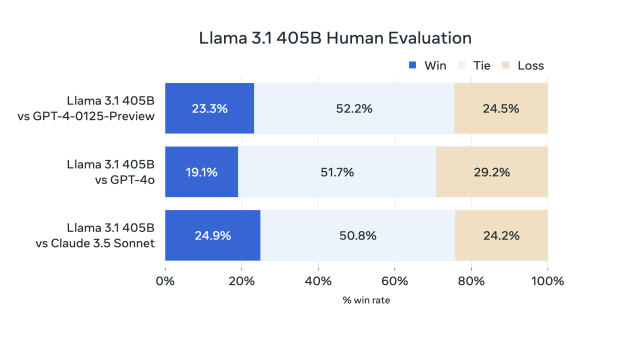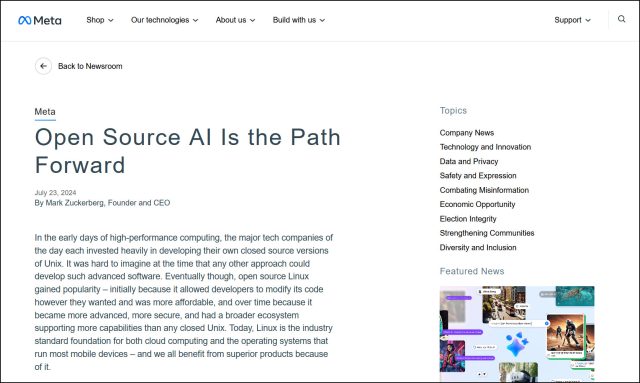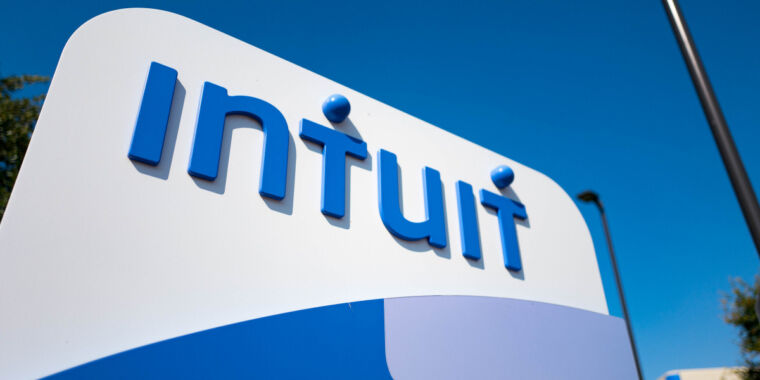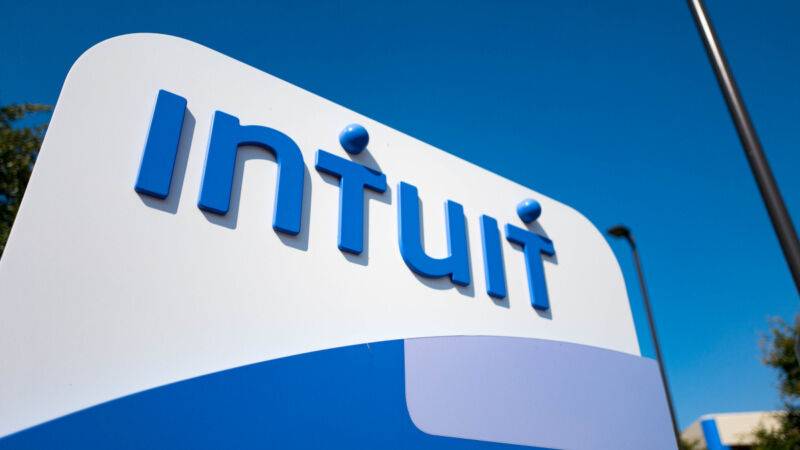Senators propose “Digital replication right” for likeness, extending 70 years after death
NO SCRUBS —
Law would hold US individuals and firms liable for ripping off a person’s digital likeness.

On Wednesday, US Sens. Chris Coons (D-Del.), Marsha Blackburn (R.-Tenn.), Amy Klobuchar (D-Minn.), and Thom Tillis (R-NC) introduced the Nurture Originals, Foster Art, and Keep Entertainment Safe (NO FAKES) Act of 2024. The bipartisan legislation, up for consideration in the US Senate, aims to protect individuals from unauthorized AI-generated replicas of their voice or likeness.
The NO FAKES Act would create legal recourse for people whose digital representations are created without consent. It would hold both individuals and companies liable for producing, hosting, or sharing these unauthorized digital replicas, including those created by generative AI. Due to generative AI technology that has become mainstream in the past two years, creating audio or image media fakes of people has become fairly trivial, with easy photorealistic video replicas likely next to arrive.
In a press statement, Coons emphasized the importance of protecting individual rights in the age of AI. “Everyone deserves the right to own and protect their voice and likeness, no matter if you’re Taylor Swift or anyone else,” he said, referring to a widely publicized deepfake incident involving the musical artist in January. “Generative AI can be used as a tool to foster creativity, but that can’t come at the expense of the unauthorized exploitation of anyone’s voice or likeness.”
The introduction of the NO FAKES Act follows the Senate’s passage of the DEFIANCE Act, which allows victims of sexual deepfakes to sue for damages.
In addition to the Swift saga, over the past few years, we’ve seen AI-powered scams involving fake celebrity endorsements, the creation of misleading political content, and situations where school kids have used AI tech to create pornographic deepfakes of classmates. Recently, X CEO Elon Musk shared a video that featured an AI-generated voice of Vice President Kamala Harris saying things she didn’t say in real life.
These incidents, in addition to concerns about actors’ likenesses being replicated without permission, have created an increasing sense of urgency among US lawmakers, who want to limit the impact of unauthorized digital likenesses. Currently, certain types of AI-generated deepfakes are already illegal due to a patchwork of federal and state laws, but this new act hopes to unify likeness regulation around the concept of “digital replicas.”
Digital replicas

Enlarge / An AI-generated image of a person.
Benj Edwards / Ars Technica
To protect a person’s digital likeness, the NO FAKES Act introduces a “digital replication right” that gives individuals exclusive control over the use of their voice or visual likeness in digital replicas. This right extends 10 years after death, with possible five-year extensions if actively used. It can be licensed during life and inherited after death, lasting up to 70 years after an individual’s death. Along the way, the bill defines what it considers to be a “digital replica”:
DIGITAL REPLICA.-The term “digital replica” means a newly created, computer-generated, highly realistic electronic representation that is readily identifiable as the voice or visual likeness of an individual that- (A) is embodied in a sound recording, image, audiovisual work, including an audiovisual work that does not have any accompanying sounds, or transmission- (i) in which the actual individual did not actually perform or appear; or (ii) that is a version of a sound recording, image, or audiovisual work in which the actual individual did perform or appear, in which the fundamental character of the performance or appearance has been materially altered; and (B) does not include the electronic reproduction, use of a sample of one sound recording or audiovisual work into another, remixing, mastering, or digital remastering of a sound recording or audiovisual work authorized by the copyright holder.
(There’s some irony in the mention of an “audiovisual work that does not have any accompanying sounds.”)
Since this bill bans types of artistic expression, the NO FAKES Act includes provisions that aim to balance IP protection with free speech. It provides exclusions for recognized First Amendment protections, such as documentaries, biographical works, and content created for purposes of comment, criticism, or parody.
In some ways, those exceptions could create a very wide protection gap that may be difficult to enforce without specific court decisions on a case-by-case basis. But without them, the NO FAKES Act could potentially stifle Americans’ constitutionally protected rights of free expression since the concept of “digital replicas” outlined in the bill includes any “computer-generated, highly realistic” digital likeness of a real person, whether AI-generated or not. For example, is a photorealistic Photoshop illustration of a person “computer-generated?” Similar questions may lead to uncertainty in enforcement.
Wide support from entertainment industry
So far, the NO FAKES Act has gained support from various entertainment industry groups, including Screen Actors Guild-American Federation of Television and Radio Artists (SAG-AFTRA), the Recording Industry Association of America (RIAA), the Motion Picture Association, and the Recording Academy. These organizations have been actively seeking protections against unauthorized AI re-creations.
The bill has also been endorsed by entertainment companies such as The Walt Disney Company, Warner Music Group, Universal Music Group, Sony Music, the Independent Film & Television Alliance, William Morris Endeavor, Creative Arts Agency, the Authors Guild, and Vermillio.
Several tech companies, including IBM and OpenAI, have also backed the NO FAKES Act. Anna Makanju, OpenAI’s vice president of global affairs, said in a statement that the act would protect creators and artists from improper impersonation. “OpenAI is pleased to support the NO FAKES Act, which would protect creators and artists from unauthorized digital replicas of their voices and likenesses,” she said.
In a statement, Coons highlighted the collaborative effort behind the bill’s development. “I am grateful for the bipartisan partnership of Senators Blackburn, Klobuchar, and Tillis and the support of stakeholders from across the entertainment and technology industries as we work to find the balance between the promise of AI and protecting the inherent dignity we all have in our own personhood.”



